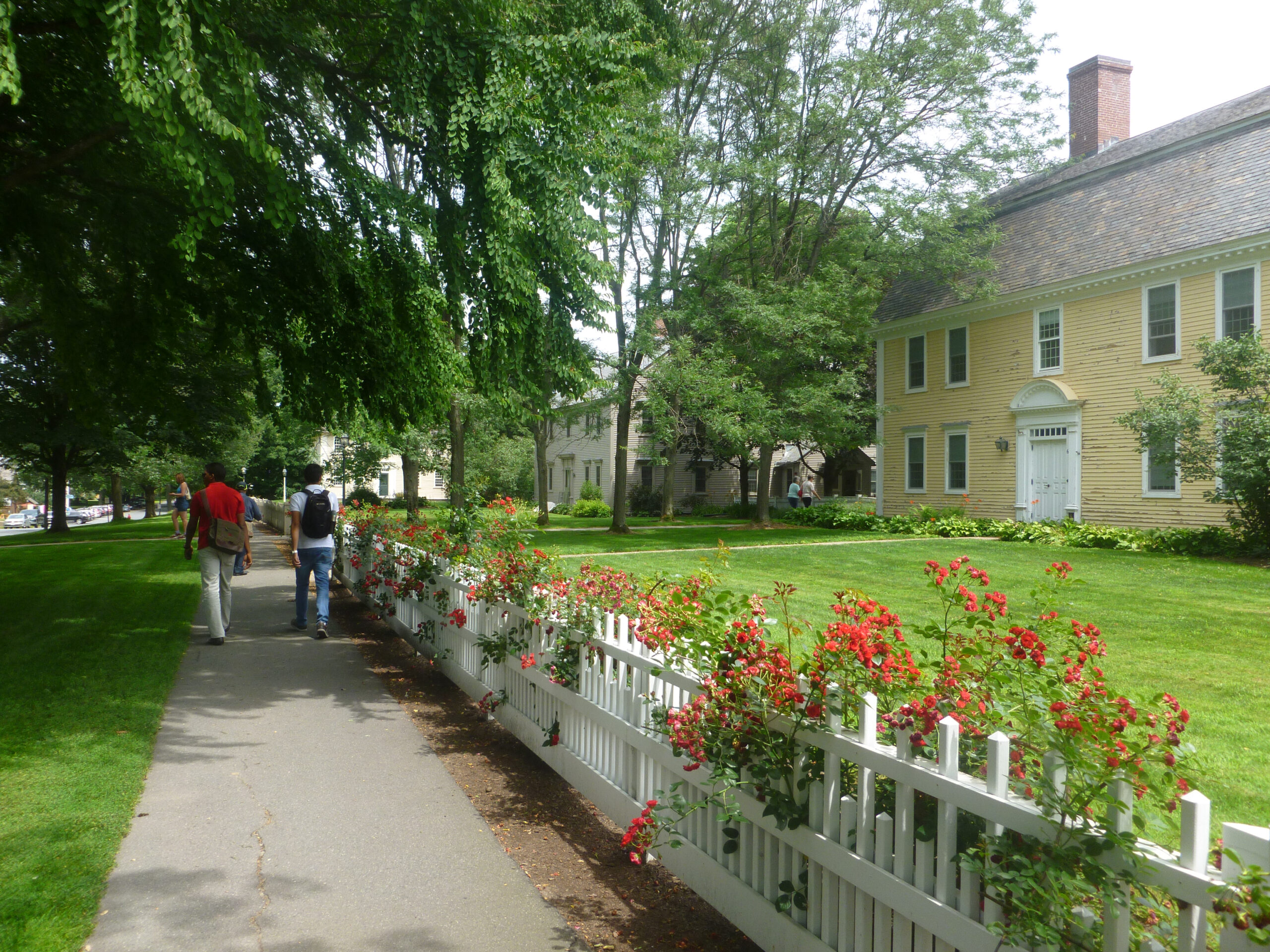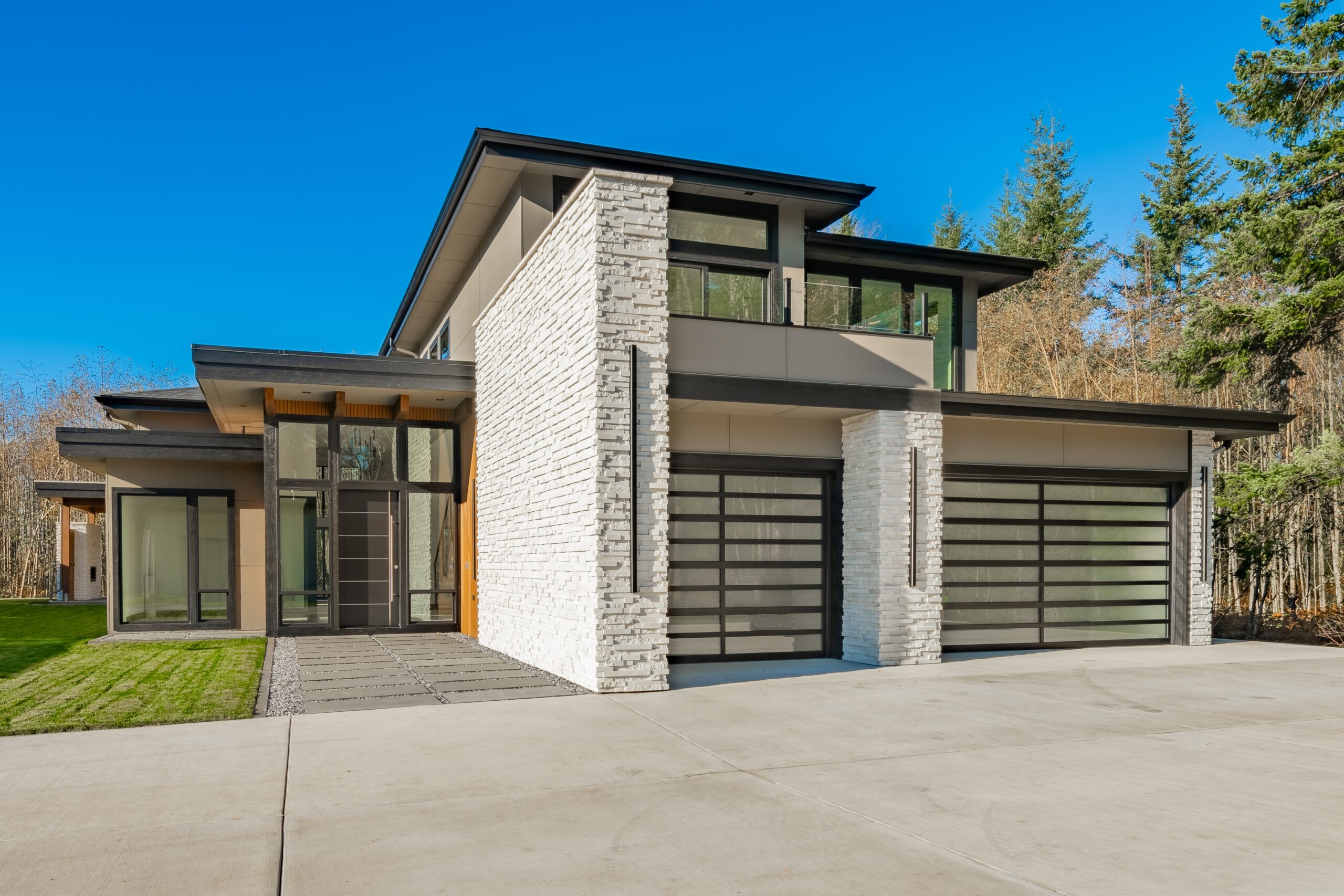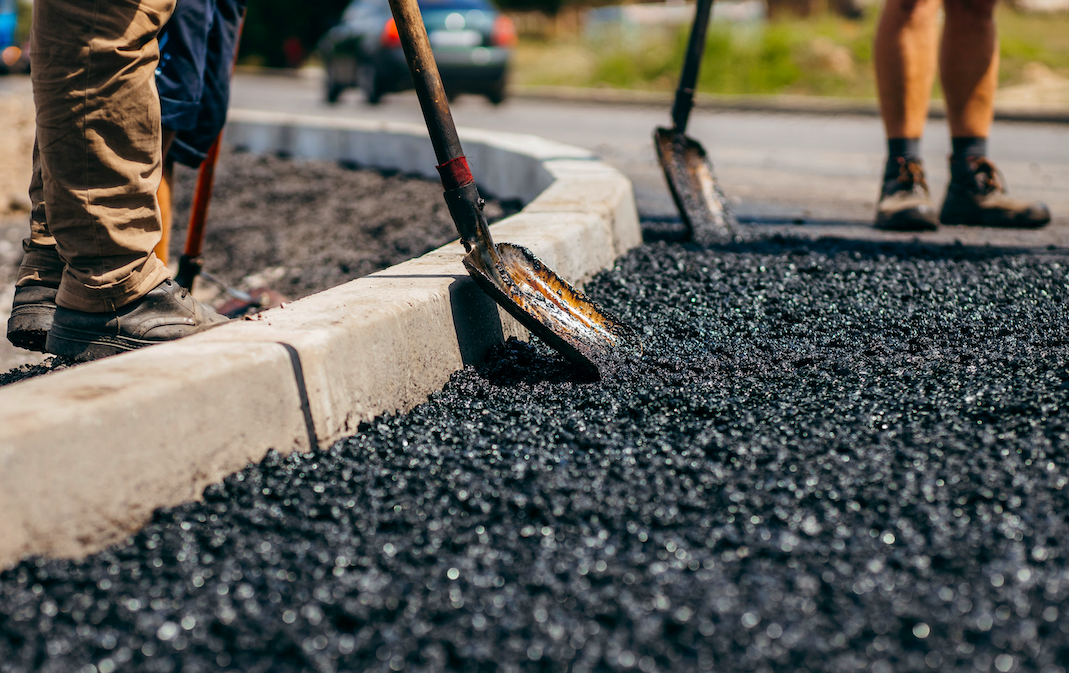Often the sidewalk tends to be relegated to a secondary plane, however, it’s very important because it’s the first thing your family and guests see when they approach your house, it’s the “welcome mat” to the facade. And it undergoes more wear and tear than other areas of the house because it’s particularly reserved for pedestrian traffic.
In this blog post, we bring you essential tips for a successful sidewalk pavement revitalization project. To do this, we’ll consider three key contextual factors, help you select the ideal materials, present the risks of poor maintenance, and how to ensure a smooth sidewalk paving experience.
Context Matters: 3 Key Factors to Consider for Your Pavement Project
Pedestrian Traffic
One of the contextual factors to consider for sidewalk design and construction is pedestrian traffic. Knowing the expected pedestrian flow will determine, for example, the appropriate sidewalk width, ensuring a safe and efficient distribution of space. Urban areas and rural areas require different considerations.
This must go hand in hand with understanding local codes and regulations, which aim to ensure certain safety and accessibility criteria are met, such as including wheelchair access ramps, respecting pedestrian crossings and resting areas, among other considerations.
Remember that sidewalks are public spaces, which means there must be clear signage for pedestrians when a pavement project is underway to ensure their safety. Warning signs must be visible, alerting to potential hazards and accompanied by caution tape or barriers.
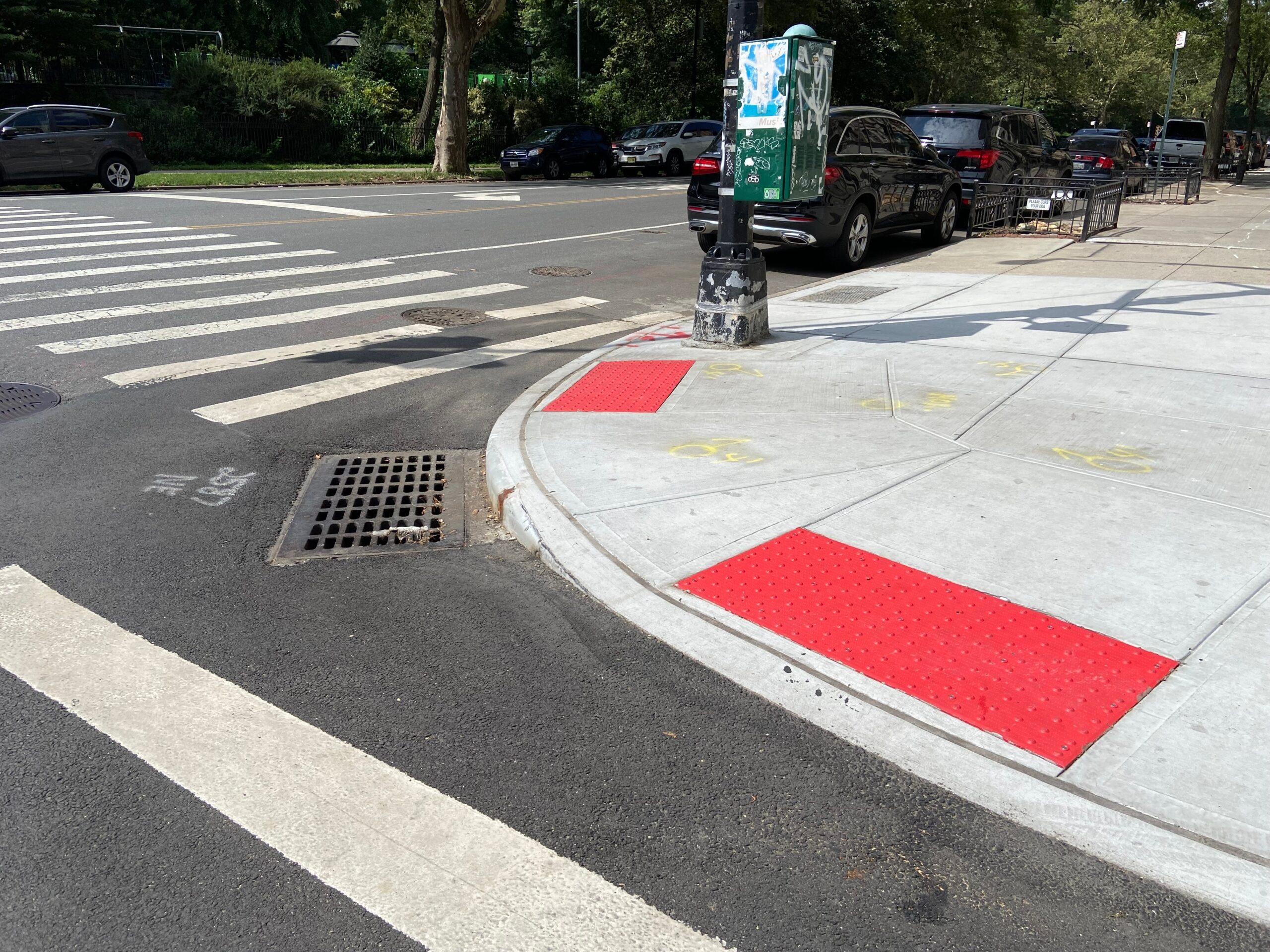
Environmental and Climatic Conditions
Other factors to consider are environmental and climatic conditions. Climate directly influences materials, such as choosing materials that are resistant to ice. It also affects design because in areas with heavy rainfall or snowfall, inadequate drainage can lead to water accumulation problems, causing accidents and accelerating sidewalk deterioration.
We consider environmental and climatic conditions together as they are interconnected. For example, if adequate drainage is necessary and there are trees or bushes with roots near the sidewalk hindering the project, the environment must be adapted. Or if there is a risk of branches falling, especially in snowy or windy areas, this poses an imminent danger. It also involves inspecting the soil, leveling the terrain if necessary, to ensure a solid foundation.
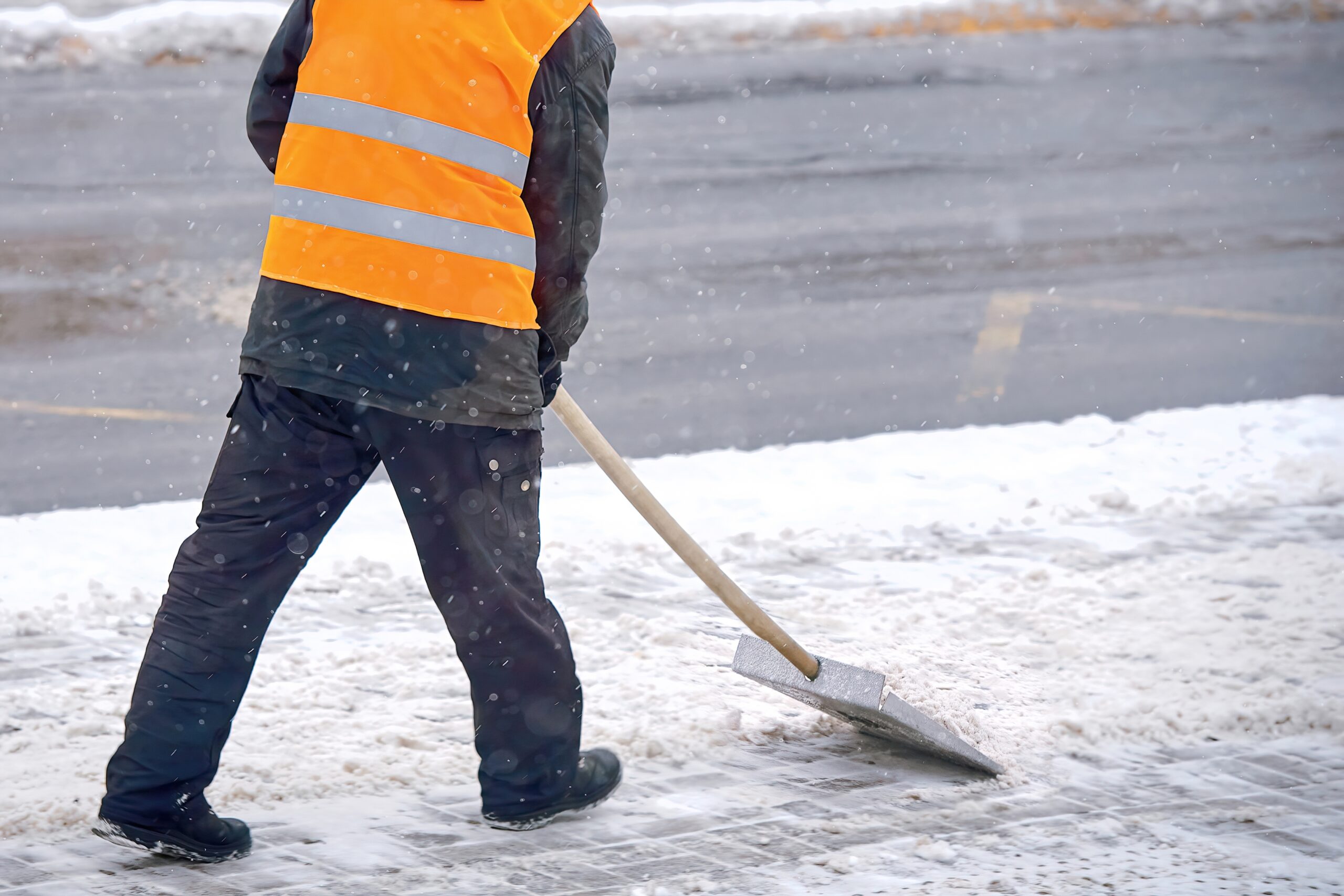
Architectural Design
This factor is important to consider, especially in urban environments. Besides safety, there may be an entire urban planning based on a particular architectural design. Therefore, when carrying out your project, it’s important to ensure that the pavement follows the aesthetic line of the surroundings.
It’s not just about aesthetic coherence; behind it, there’s a quest to integrate with the surroundings to foster a sense of continuity. Even in areas where there are historical or culturally significant buildings, sidewalks become part of the historical identity of the place, hence the importance of contributing to preserving that value.
Selection of Ideal Materials for Your Sidewalk Pavement
Among the most commonly used materials for sidewalk construction are concrete and asphalt. Concrete pavements are rigid, asphalt pavements are flexible, while concrete paver pavements are also considered flexible. The latter have the advantage of requiring little machinery, allowing for immediate service once the work is completed, being non-slip, and adapting to curves and slopes, among other benefits.
Additionally, concrete and asphalt are the most environmentally friendly solutions. If you’re looking for unique and personalized designs, concrete paver sidewalks are an excellent option due to the wide range of shapes and colors available.
Ensuring a Smooth Sidewalk Pavement Experience
Revitalizing sidewalk pavement can involve several actions: deep cleaning, leveling, crack repair, and application of a protective coating, among others. And, of course, continuous maintenance. Without regular and proper maintenance, it can lead to a series of problems for pedestrians and your family: difficulties in walking with the consequent risk of stumbling and falling, which can result in accidents and various injuries.
At New England Paving, we are here to help. With our experts, we guarantee you a smooth sidewalk paving experience. Our repair services include commercial and residential pavements, restoring the appearance and functionality of your pavement in no time.
We understand that a fundamental aspect when starting any construction or restoration project is considering the available budget and planning the schedule. We look forward to hearing from you for advice. Our best paving contractors can discuss the latest trends in paving and provide maintenance tips as well.

